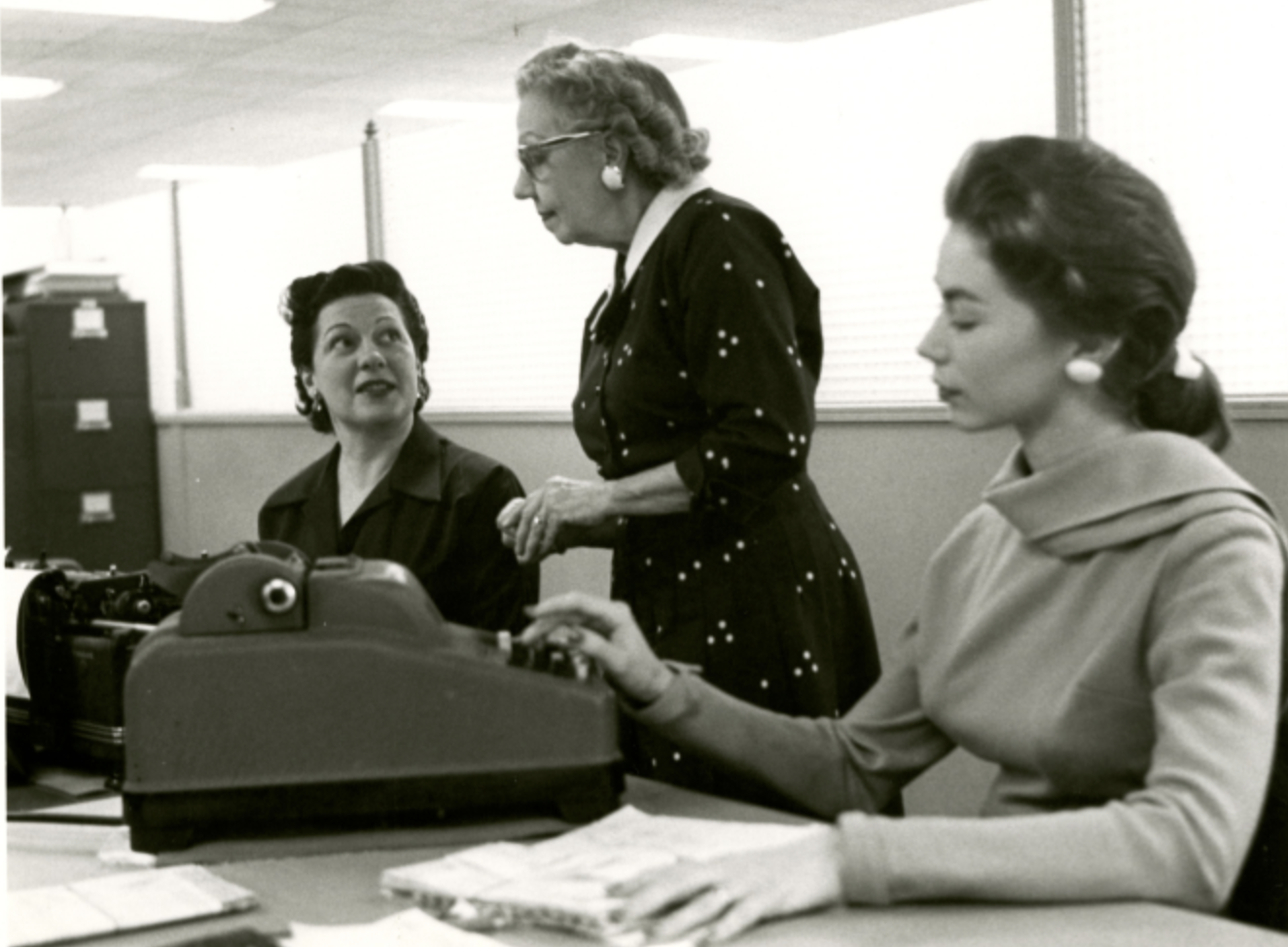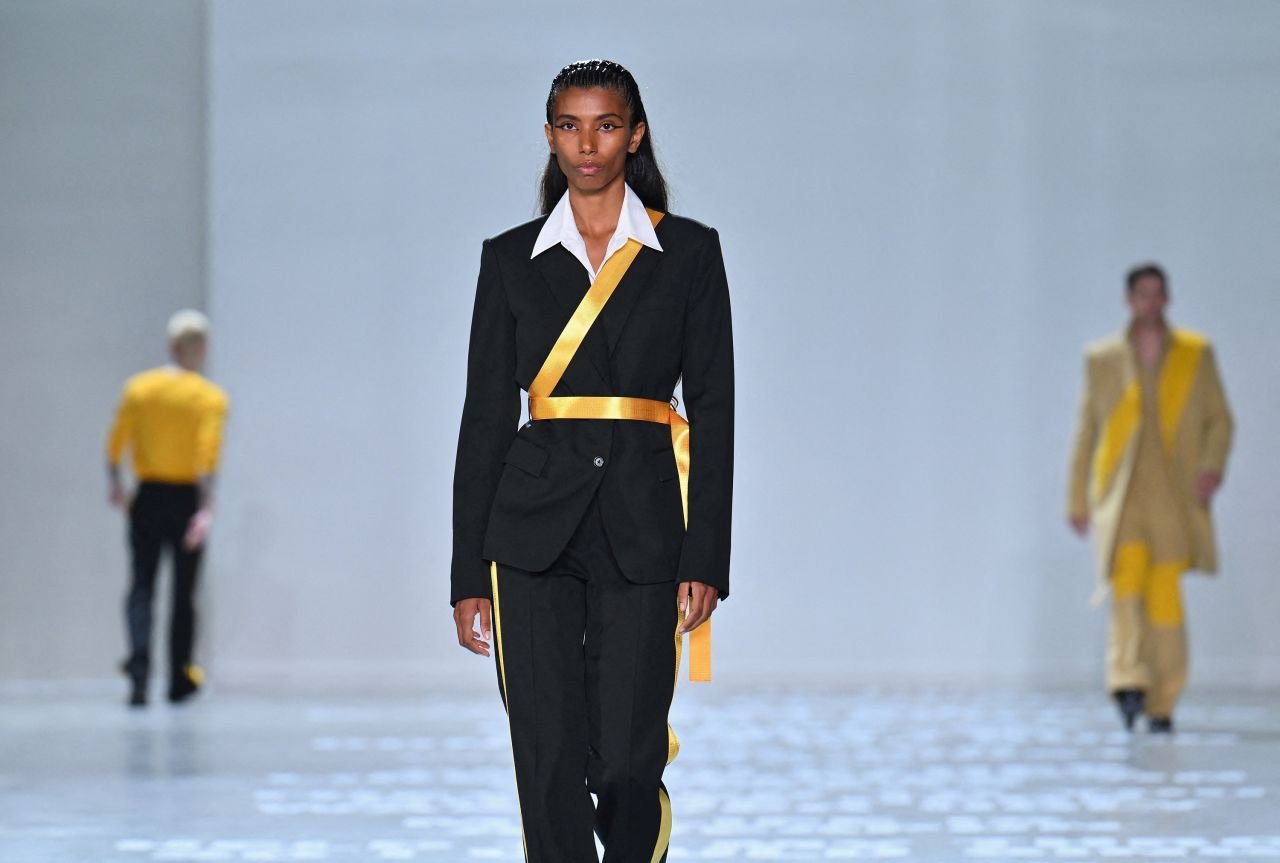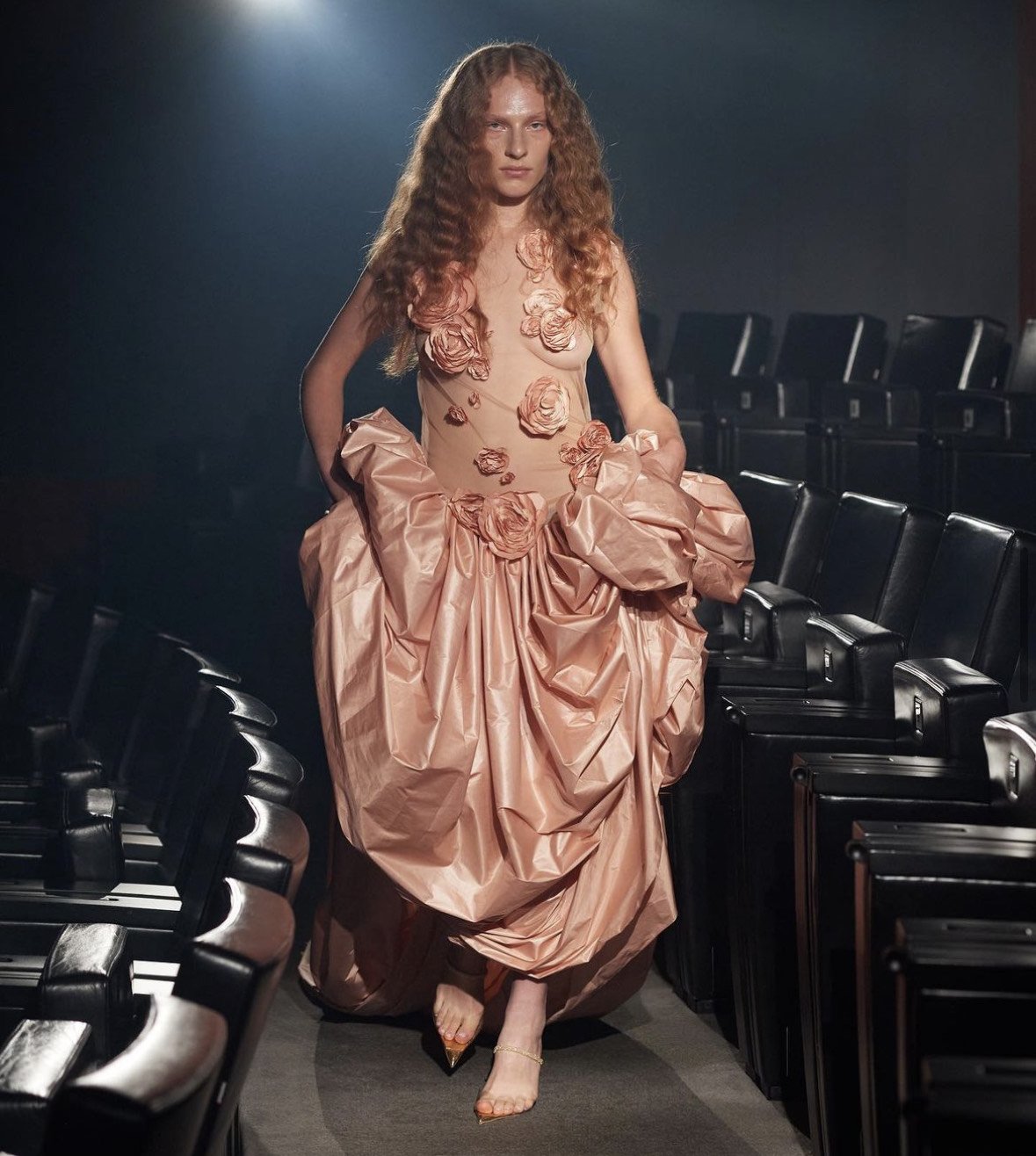What Is Haute Couture and Why Is It So Exclusive?
Even if you don’t keep an eye on the fashion world, you will have heard the term ‘haute couture’ many many times, but have you ever wondered what that actually means? Growing up I just assumed anything high-end or designer was automatically ‘haute couture’, but, it turns out it isn’t quite as simple as that.
So, let’s answer the question ‘what tf actually is haute couture?’.
In its simplest definition, haute couture is the creation of exclusive custom-fitted, high-end clothing that is constructed by hand from start to finish. This definition could fit a whole myriad of fashion houses, so let’s bring in some nuance.
A haute couture garment must always be made for an individual client, sized and tailored directly to their personal needs. That might sound pretty reasonable, but there’s some more, very specific requirements.
To be haute couture you must also:
Have a workshop (atelier) in Paris that employs at least fifteen staff members full-time.
Have at least twenty full-time technical people, in at least one workshop (atelier).
Present a collection of at least fifty original designs to the public every fashion season (twice, in January and July of each year), of both day and evening garments.
It’s rather a lot of work, especially when you consider that there are only around 4000 haute couture customers in the whole world because it is so expensive and exclusive. So, who makes these rules?
We believe the term haute couture originally referred to the work of legendary Victorian designer Charles Frederick Worth, who produced garments for the aristocracy in Paris. His pieces, which were pretty much always designed for one client, set a benchmark. He famously allowed his insanely wealthy clients to select the colours, fabrics and many other details before he began designing.
In 1868 he helped set up the Chambre de Commerce et d’industrie de Paris - say that ten times quick!
This was an association made up of high-end Parisian courtiers and designers as a way to regulate its members in regard to relations with the press, counterfeiting of styles, law and tax questions etc. It was basically a ruling body, and they had, and still have, the final say on what is, and what isn’t real haute couture.
Some recognised haute couture designers are:
Maurizio Galante
Atelier Gustavolins
Bouchra Jarrar
Alexis Mabille
Alexandre Vauthier
Frank Sorbier
Christian Dior
Jean Paul Gaultier
Stéphane Rolland
Givenchy
Adeline André








